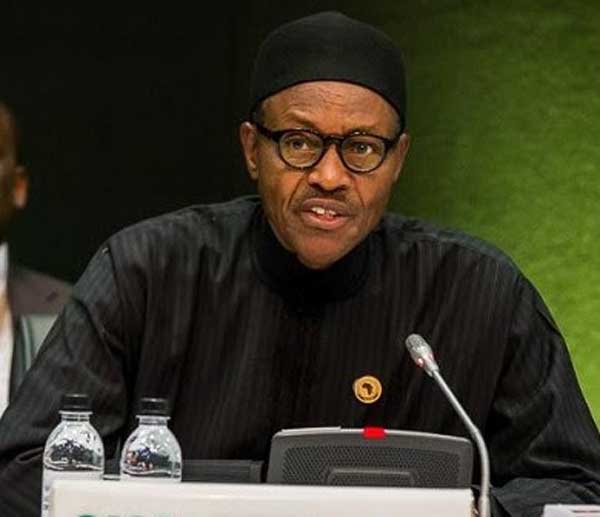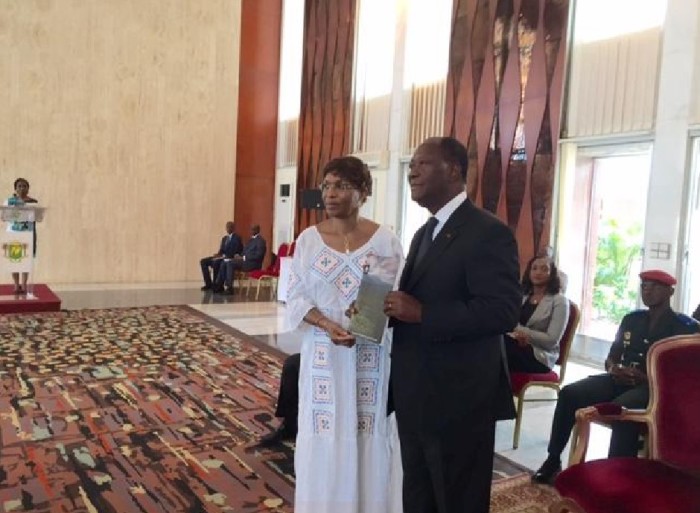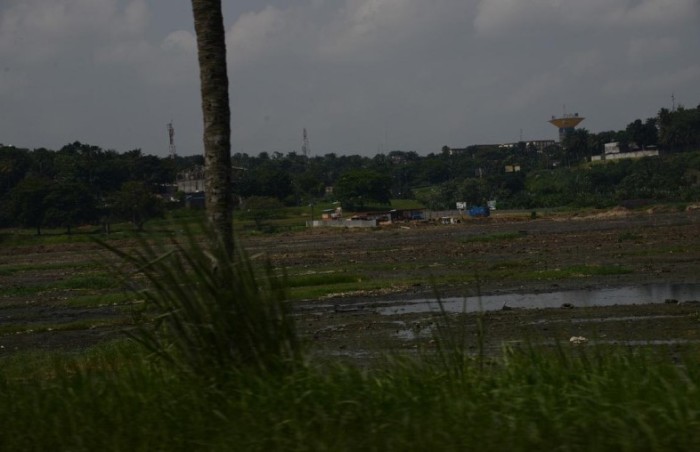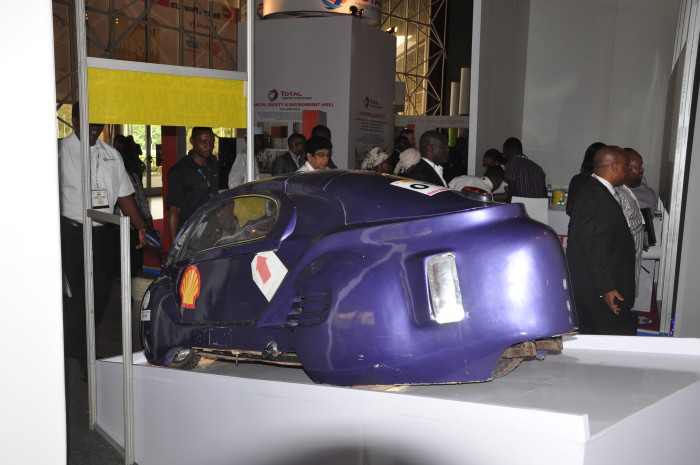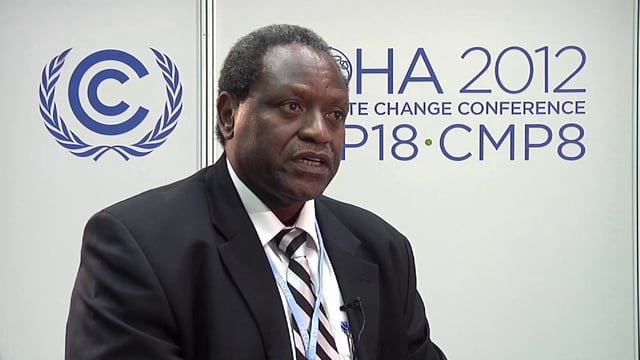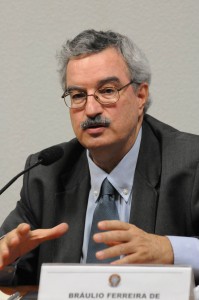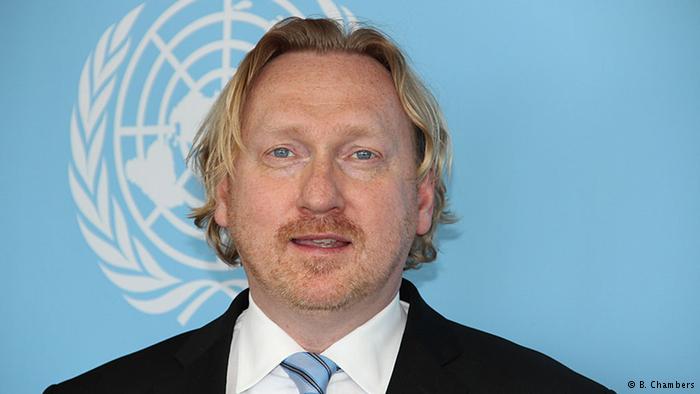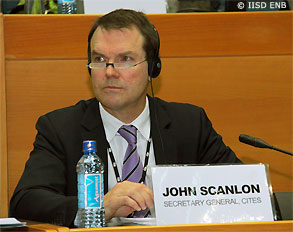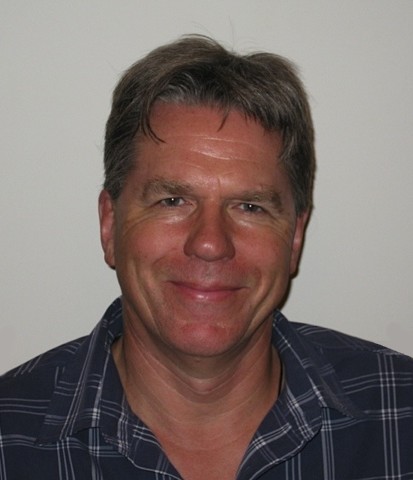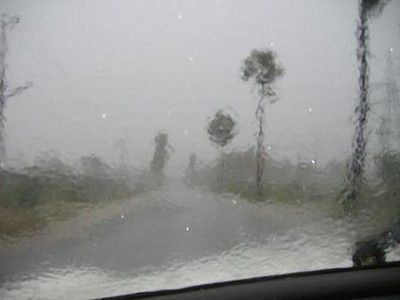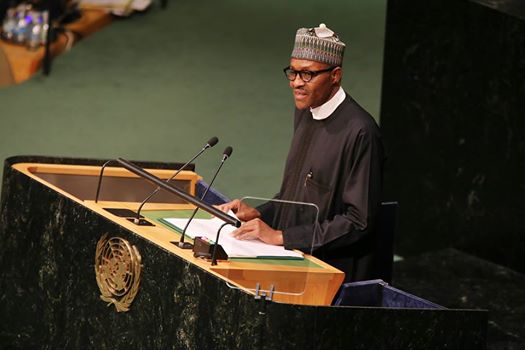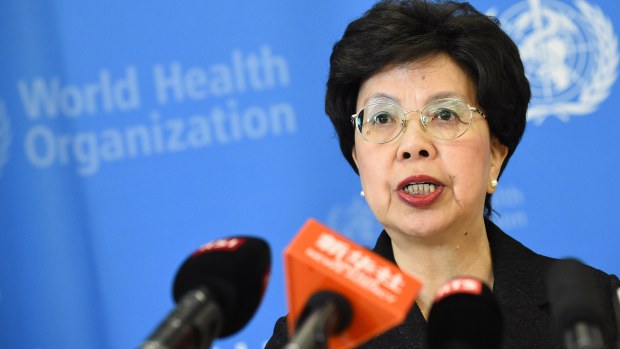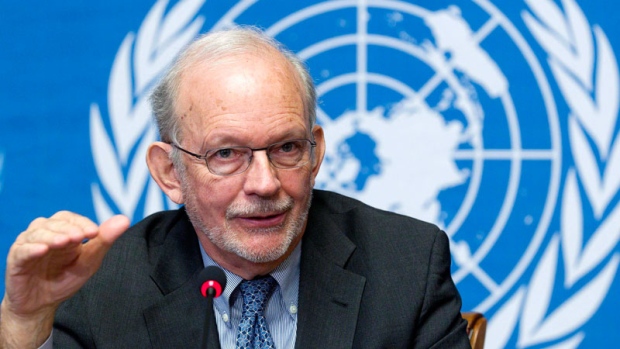The unending flood situation in Makurdi, the capital of Benue State in Nigeria, doesn’t seem to be abating any time soon as recent findings have revealed that the Food Basket’s capital’s drainage system and residents’ sanitation practice as well as lack of awareness of the dangers of living along flood plains is inimical to checking impending flood.
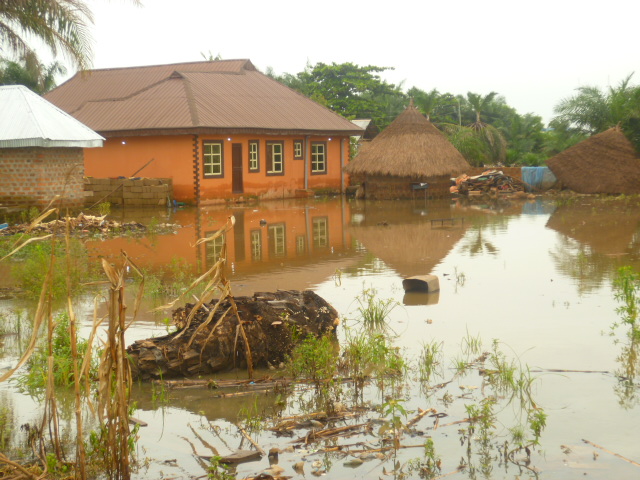
This revelation came to the fore during an investigation carried out by this correspondent in Makurdi following the information provided by the National Emergency Management Agency (NEMA) recently of impending flood occasioned by the intermittent release of water from the Lagdo Dam in Cameroon.
The agency warned that Nigerian states along River Benue trajectory are likely to face impending flood as Cameroonian authorities announced plan to release excess water from Lagdo Dam between August and November. NEMA’s Director General, Muhammad Sidi, said the warning became imperative as a similar exercise in 2012 led to massive flooding and loss of lives and property in Nigerian communities.
Coupled with the continuous neglect to the issue of proper drainage system, sanitation practice and attitudinal change by past governments, most residents of the state have continued to put the state at risk of flood during heavy downpours and in recent times, the Lagdo Dam scare. As a result of these, many indigenes have suffered serious health challenges and loss of properties, while some areas are at the edge of extinction due to the possibility of them being wiped out by flood.
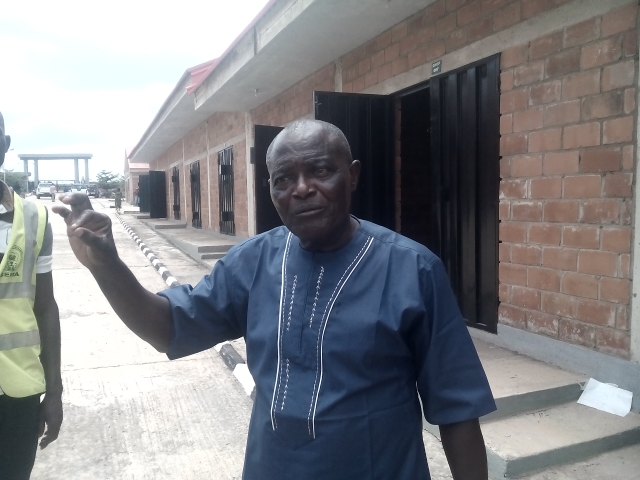
Recently, in a move to mitigate against flood in the state, the state government constituted a Flood Disaster Committee which was headed by the Commissioner of Works and Transport and comprised of other commissioners such as those for Water Resources and Environment, Information and Orientation, Urban and Housing, including the Adviser on Lands and Survey and the State Emergency Management Agency (SEMA) to take control of any flood-related issue.
The committee had disclosed in a radio programme monitored in Makurdi, that the state government had put measures in place to avert possible flooding of parts of the state in the event of any heavy downpour and produced jingles to inform people living along flood plains to relocate in order to avert being flooded by excess water from Lagdo Dam.
Makurdi residents affected by flood are to be relocated to the newly built but unoccupied Makurdi International Market as a temporary measure to cushion the hardship they are currently facing having been displaced from their homes.
The Deputy Governor of Benue State, Benson Abounu, made this known recently when he led some government officials on a verification visit to assess the situation at the Kucha Utebe settlement along Makurdi – Gboko Road, which is one of the most affected areas.
Addressing residents of the area, Abounu, who sympathised with them, expressed worry that flooding of some parts of the state along the banks of River Benue had become a regular occurrence.
He assured them that government was aware of their plight and was putting in place measures to provide temporary accommodation for them while seeking ways of finding a permanent solution to the problem.
In a remark, the state Commissioner of Works and Transport, Emmanuel Manger, pointed out that the construction of dams as well as dredging of River Benue were the solutions to the issue of flood in the state.
The state Commissioner for Water Resources and Environment, Nick Wende, and the Executive Secretary of State Emergency Management Agency (SEMA), Boniface Ortese, who accompanied the deputy governor on the visit, in their separate remarks disclosed that mattresses, blankets, and mosquito nets were readily available to be distributed to those who would be moved to the camp. They added that government would make provision for mobile toilet facilities as the ones in place would not be enough for the anticipated number of people.
Speaking with this writer, a resident of the Kucha Utebe settlement and father of three, Terfa Anum, expressed happiness over the deputy governor’s visit, saying it had given them a ray of hope. He called on the state government and other relevant authorities to act fast as several houses were already taken over by water leaving residents stranded, adding that with the continuous increase in the water level, even those yet affected were already living in fear judging from their past experiences.
Thereby, in a swift move, the State Emergency Management Agency (SEMA) opened the temporary IDP camp for flood victims on Friday, 25th September, 2015 in the state capital, Makurdi when it became imperative that the excess water released from Lagdo Dam swelled the River Benue banks and areas within its flood plains were fast flooding and houses were submerged gradually, reminiscent of the 2012 experience.
Speaking with the SEMA boss, Boniface Ortese, at the flood IDP camp in Makurdi on Saturday, 26th September, 2015, he confirmed that the ongoing registration which started with the coming of heavy rainfall had reached over 300 and due to the overwhelming effect of the flood, is expected to rise. He added that the camp is capable of taking in 5,000 people with the current allocation of four house-heads to a store.
He assured that security at the camp would be tight to forestall any breakdown of law and order.
Reacting to cases of residents not heeding to the impending flood information passed across, the SEMA Executive Secretary stated that it was due to ignorance. “When I tried to educate some people in the Wurukum area of the impending flood, some were asking if I am Noah that I know flood is coming. Now most of them have come to me saying if only they listened to me and acted as I advised, they would have been affected,” he added.
Ortese advised that, for the recurrent flood disaster to be dealt with, the Federal Government should dredge River Benue, people on riverine areas and flood plains have to be relocated, the people should understand their choice of residence with alternatives other that river areas, people who build along water ways should be stopped and government should make sure that these places are opened for water to channel itself into the River Benue.
A resident at the Makurdi International Market IDP flood camp, Aor Yende, while speaking with this writer, noted that government’s effort at temporarily camping them is commendable but they cannot preempt her on what else to do to alleviate their plight more.
He added that the option of relocating to a flood free area would be welcomed if the government can compensate them in terms of new land and new commiserate building structure.
In one of the areas visited in the state capital, Low Level; a resident and landlord whose house was recently affected by flood, ASP Samuel Tugudu (Rtd.), complained that flood from excessive rainfall which had flooded his house has made him to live in fear of worse flood with increase in rainfall.
According to the retired police officer, he has settled on the said land since 1976 without any incidence of flood until August, 2015 when he woke up to find himself in a pool of water after heavy downpour at night.
In his words, “I have tried my best since I moved into my house to curtail water flow and mitigate against flood, but all my efforts became useless, because of indiscriminate sanitation practice by people in my area which clogged up the available drainage system and there was no support from the government, particularly, in the area of meting out sanitation punishment to residents who dump refuse in gutters.”
He continues; “Any time rain falls, water in the gutters carries a lot of refuse and sand from different places and since the drainage systems are partially blocked, the water doesn’t have a clear way to drain hence, the water spills over into bordering spaces and into our homes.”
In another interview with a woman whose house is on the brink of being flooded at the Kucha Utebe area of Makurdi, Mrs. Christiana Uke, she said, the flood is scaring but she has nowhere to go to with her large family. She noted that, despite that, she hopes the government would find lasting solutions to the Lagdo Dam flood issue which is becoming perennial.
Another respondent who narrowly escaped the flood by relocating from the currently affected area, who simply identified herself as Vicky, a student at the Benue State University, complained that “although the government had done well in informing the populace of the impending flood, many did not heed to the warning.”
According to her, when she heard the news of the impending flood, she moved out of her old apartment only for another occupant to move in even with the news of the impending flood in that area.
She further laments that the landlady too was callous in exploiting the new tenant’s ignorance and collecting money from him considering that the area is prone to flood and was earmarked to be affected again.
In another interview with a victim of flood caused by a six-hour downpour on 7th August, 2015 that left many parts of Makurdi flooded and over 100 houses submerged in Wadata Rice Mill, Demekpe, Agboughoul village, Achusa village and Logo, a tailor and father of two, Peter Akor, stated that the flood took them by surprise. “We were not prepared for this, because we have not had serious rainfall in Makurdi recently,” he stressed.
Our investigations in the affected areas of the flood caused by rainfall indicated that the areas had either blocked or non-existent drainages as the case may be.
When Cameroonian authorities released excess water from Ladgo dam on 25th August, 2012, the deluge of water caused great damage downstream in Nigeria, leading to the submerging of many riverside settlements. The flood continued unabated between September and October 2012 and the “Food Basket” State, Benue which has River Benue as a major river passing through it experienced relentless flooding cutting across not only her state capital – Makurdi but all the major towns on the river bank. So to say, the flood ravaged and swept way anything within a 10-kilometre radius of the bank of River Benue and her tributaries which include River Katsina-Ala and River Buruku.
The devastation sacked communities in Makurdi, Apa, Agatu, Otukpo, Guma, Buruku, Tarka and Kasina-Ala Local Government Areas (LGAs) of the state, leaving in its trail over 700,000 displaced persons amid thousands of houses/huts and farmlands submerged or washed away.
Although the state government in response to the flooding opened flood camps in public schools in Makurdi for affected people, many of the victims remained traumatised after the flood and many sharp practices where observed as reported in the recently released report of “The 2012 Flood Impact Assessment” of Benue State conducted by the Benue Non-governmental Organisation Network (BENGONET) with support from United Nations Development Programme (UNDP) and the Benue State Government.
According to the report with the goal to identify the extent of damage caused by the flood with the aim to mitigate future occurrence, government should develop a disaster management blueprint and ensure that all her agencies responsible for response to disaster such as SEMA heed to the document and it should go all out to support flood victims in order to enhance growth in all ramifications.
Suffice to add that the state government should aggressively embark on the construction of new drainage channels, expand existing ones in the state, especially in Makurdi to enhance the free flow of water and relocate people along River Benue bank and flood plains while it enacts legislation banning further development in the affected areas which are flood plains, etc.
When most of these measures mitigating measures highlighted in this piece are carried out, the state may very well heave a sigh of relief if not, she will continue to face the menace of flood disaster year in- year out especially with the clear and present danger of climate change which also affects the melting of the world’s icecaps thereby leading to more water with little drainage channels to control the flow.
By Damian Daga


